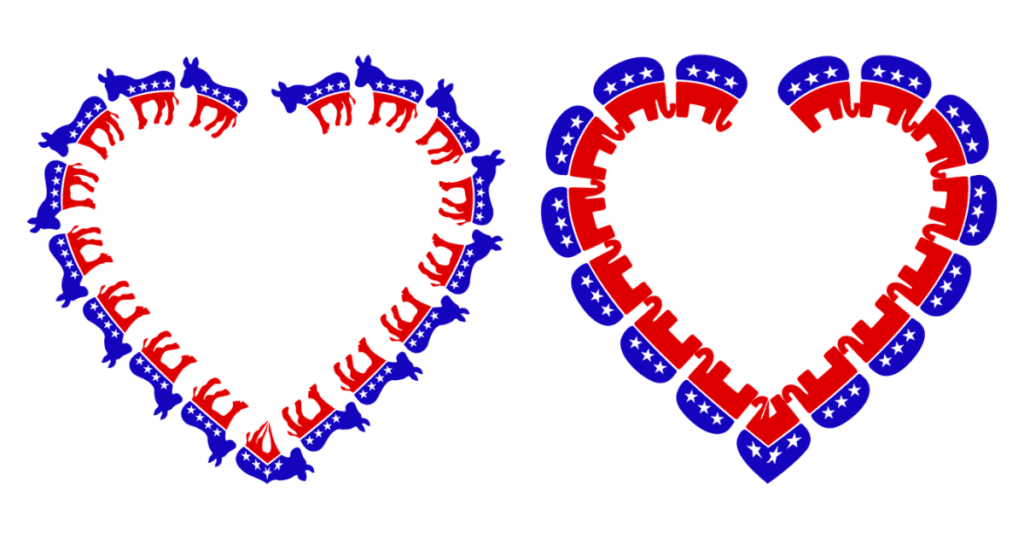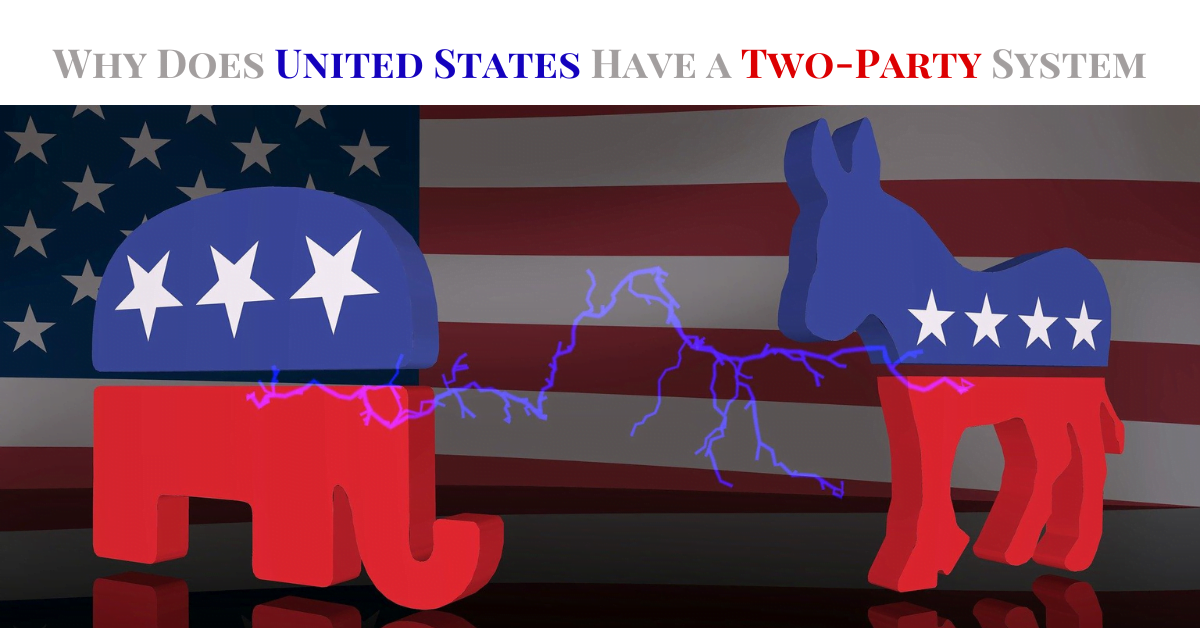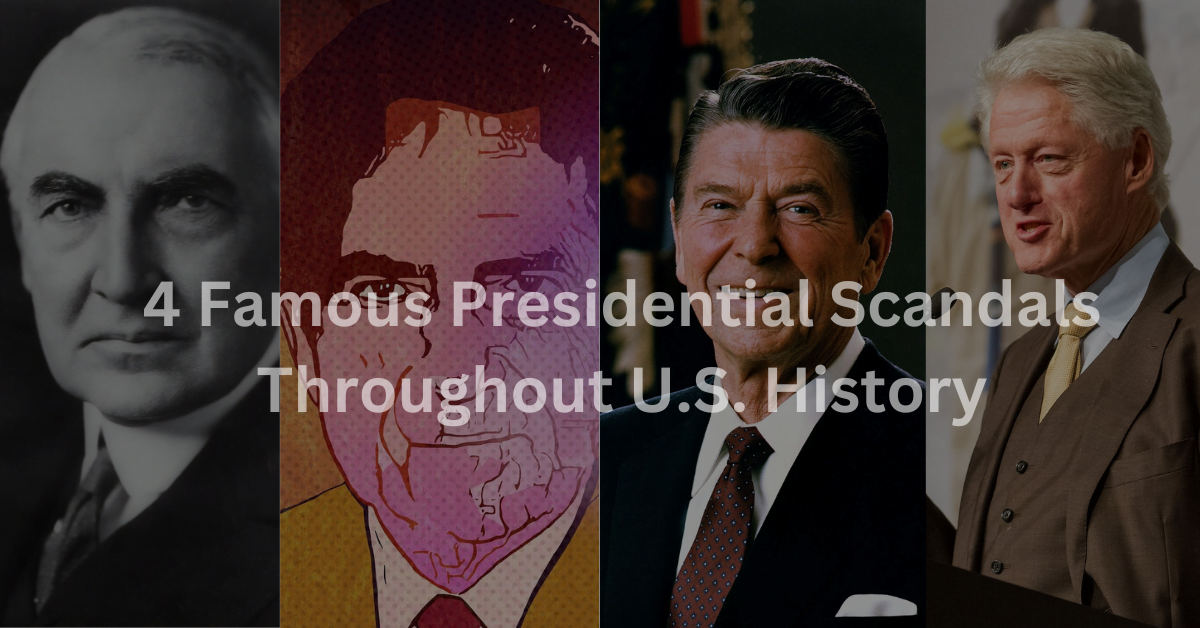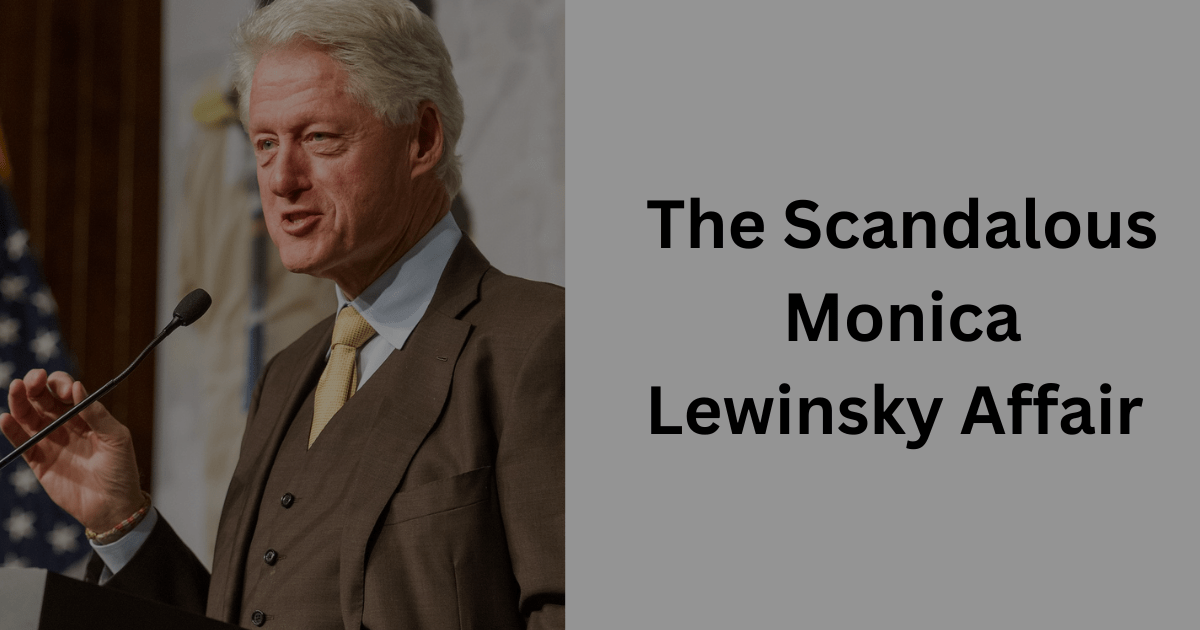Why Does United States Have a Two-Party System
In the grand tapestry of American politics, it often seems like there are only two major players in the game: the Democrats and the Republicans. But why are American voters faced with this binary choice? To understand this, let’s delve into the roots of the two-party system, navigating through early political divisions, the genesis of the Democratic and Republican parties, and the influence of the U.S. election system on bipartisanship.

Navigating Early Political Divisions
Cast your mind back to 1789 when the ink was still drying on the Constitution. At that time, political parties were not even on the radar. Influential figures like Alexander Hamilton and George Washington were not keen on the idea of parties, fearing they could be a detrimental force for the government, potentially leading to chaos or even a form of dictatorship.
However, despite their reservations, parties started to sneak into the political scene during George Washington’s presidency. The Federalists, advocating for a robust central government, clashed with the Democratic-Republicans, who championed states’ rights and found themselves caught in the crossfire between Britain and France.
Sam Rosenfeld, a political expert at Colgate University, notes, “The idea was to create a government with separated powers, assuming everyone would agree on the best policies. But in reality, diverse opinions emerged.”
The Emergence of Political Heavyweights: Democrats and Republicans


Fast forward to 1800, Thomas Jefferson‘s victory over John Adams marked the decline of the Federalists. The subsequent president, James Monroe, experienced a short-lived “Era of Good Feelings” characterized by a lack of major party conflicts, though it proved to be a temporary calm.
The turning point arrived in 1824, when John Quincy Adams secured the presidency with fewer popular votes than Andrew Jackson. This event gave birth to the Democratic Party, while opponents formed the Whig Party. By the 1850s, the Whigs dissolved, paving the way for the rise of the anti-slavery Republicans. This set the stage for the enduring dominance of the Democrats and Republicans in American politics.
Decoding the Voting Game: Why Two Parties?
Understanding why only two major parties persist requires a closer look at the American voting system. It’s not about winning the most votes overall; it’s about winning in each specific area. Whether it’s a district, a state, or the entire nation, each area is represented by a single person.
This winner-takes-all, single-member district system makes it challenging for new parties to gain a foothold. French political scientist Maurice Duverger proposed a sort of law, stating that such a system tends to establish stable two-party structures, discouraging the emergence of third parties. People often lean towards voting strategically for the most likely winner, typically aligning with either a Democrat or a Republican.
Rosenfeld highlights the U.S. primary process as another factor that cements the power of the two major parties. Internal conflicts within each party are resolved through primaries, ensuring that the battles stay within the party boundaries. Unlike in some other countries where new parties can emerge from internal strife, the U.S. system internalizes these conflicts.
Can We Change the Two-Party System?
Two parties have been at the forefront for two centuries. Rosenfeld suggests it might be time for a shake-up, not just by hoping for a charismatic third candidate, but by reimagining the entire electoral process. It goes beyond the faces on campaign posters; it’s about fundamentally changing the rules of the political game.
In conclusion, this whirlwind tour sheds light on why America seems stuck with a two-party system. Will there be a shift in the future? Only time will reveal the answer, but understanding the origins is a crucial first step toward a potential political remix.
The persistent presence of a two-party system is evident throughout history, influencing the trajectory of American politics. Whether or not there will be a departure from the established two-party system remains uncertain, yet contemplating the possibilities for change is essential for the evolution of the political landscape.
Also Read: 4 Famous Presidential Scandals Throughout U.S. History




